Are You One to Get Aggressive with Archery Tackle?
Stalking deer is a serious business. Slipping up on an animal that can smell you from 400 yards, see you from 3/4 of a mile and hear the slightest snap of a twig is tricky business. It takes real skill to accomplish this sort of thing. And that's why we're giving you our top 18 tips for getting close to big game on the ground.
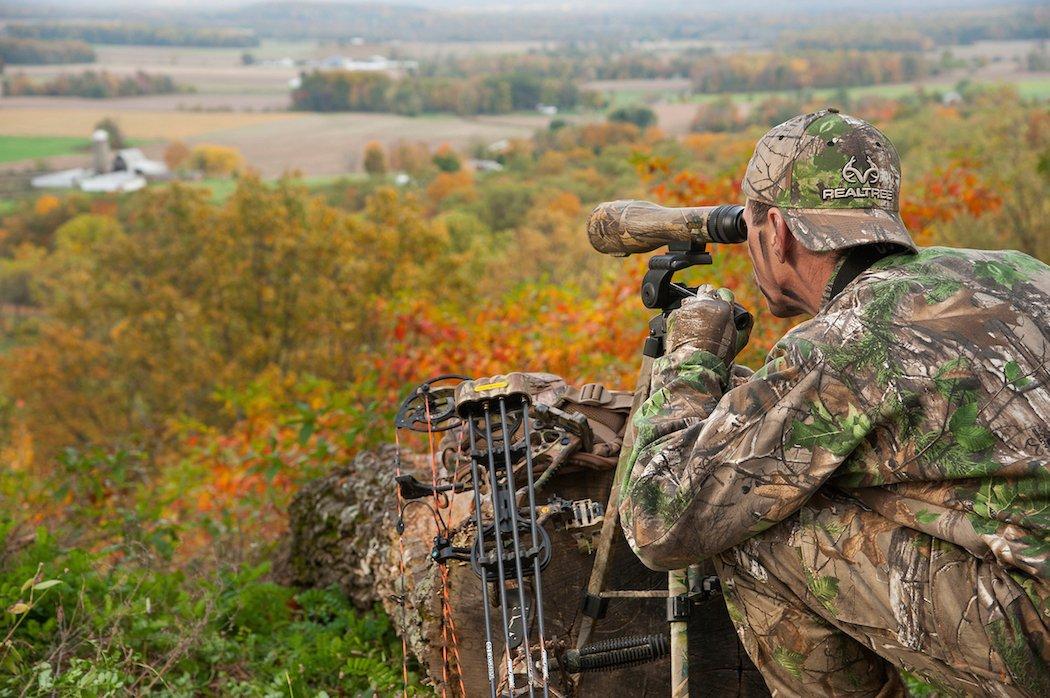
You can't do this everywhere. But if you can, glassing from a high point can be very advantageous. It'll show you how the land lays. You'll see other game that might be in your line of travel. And most importantly, you'll be able to make an educated decision on your approach. Set up shop with a spotting scope or good binoculars and look for game. Be patient. This will take some time.
Photo credit: Brad Herndon
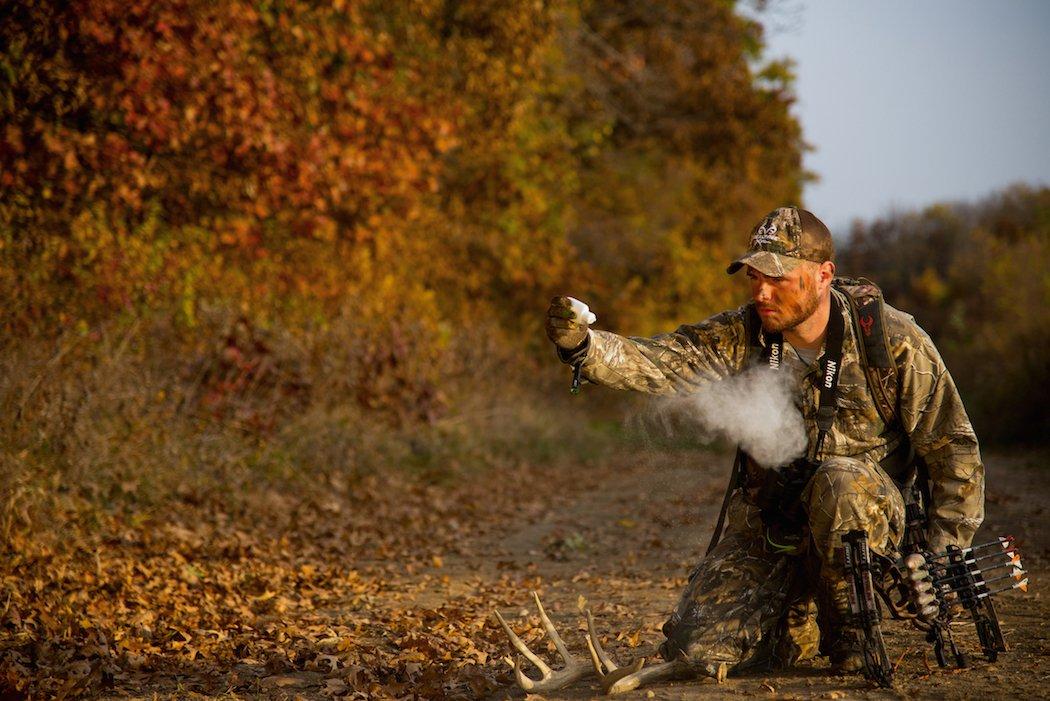
You hear it everywhere. Keep the wind in your favor. Hunters have preached this for thousands of years and ‚ Lord willing ‚ they'll preach about it for thousands more. Keep the wind in your face, or at the very least, have a crosswind when slipping in on an unsuspecting animal.
Read: 5 Secrets to Bowhunting Mature Bucks
Photo credit: Brad Herndon
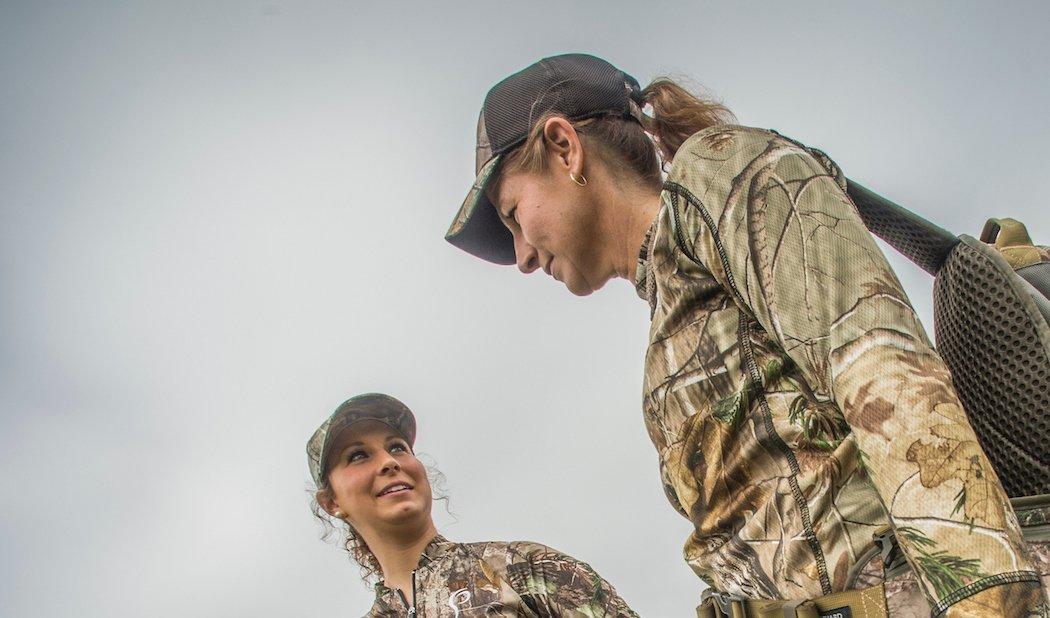
It's easier to stalk a deer when its senses are dulled. Wind, rain, snow and other weather-related factors will render a deer's senses less effective. Stalking a deer under such conditions will make that considerably easier.
Photo credit: Bill Konway
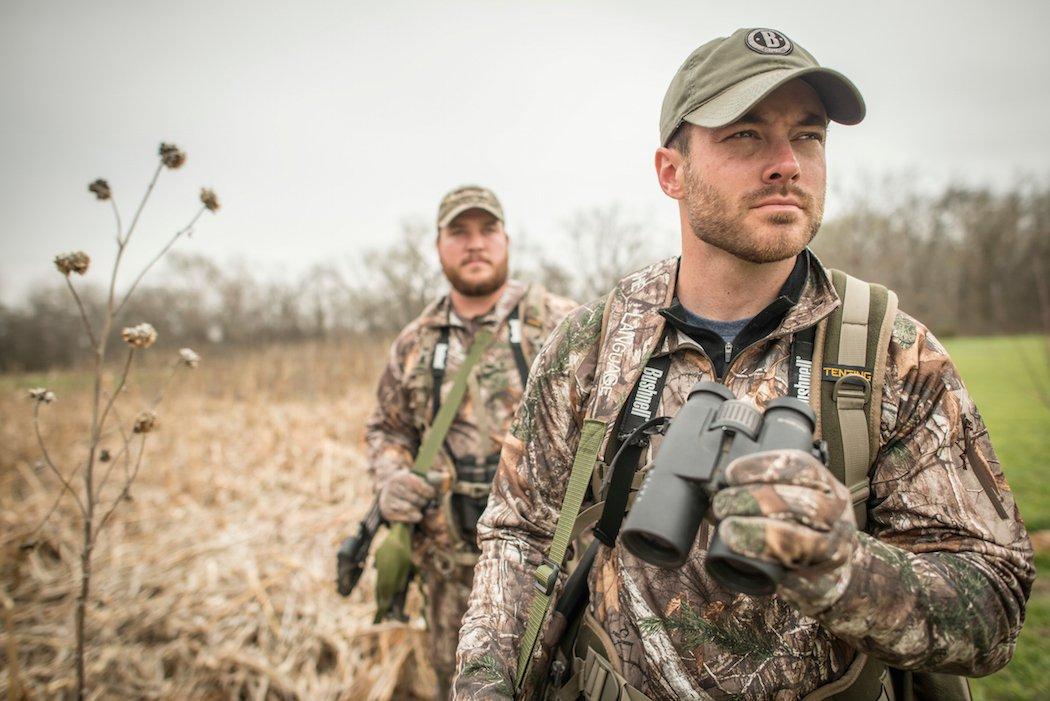
Having a plan is very important. Going into something without one is a recipe for failure. Consider where your target animal is, where you are, and determine the most logical, effective method of bridging the two.
Photo credit: Heartland Bowhunter

While it's important to have a plan, any seasoned hunter will tell you it's important to stay open-minded throughout the stalk. There are so many moving parts and changing variables during a stalk. You have to listen to your gut. Instincts go a long way in conducting a successful hunt. Allow the situation to develop, and adapt if the need to stray from your original plan arises.
Photo credit: Heartland Bowhunter
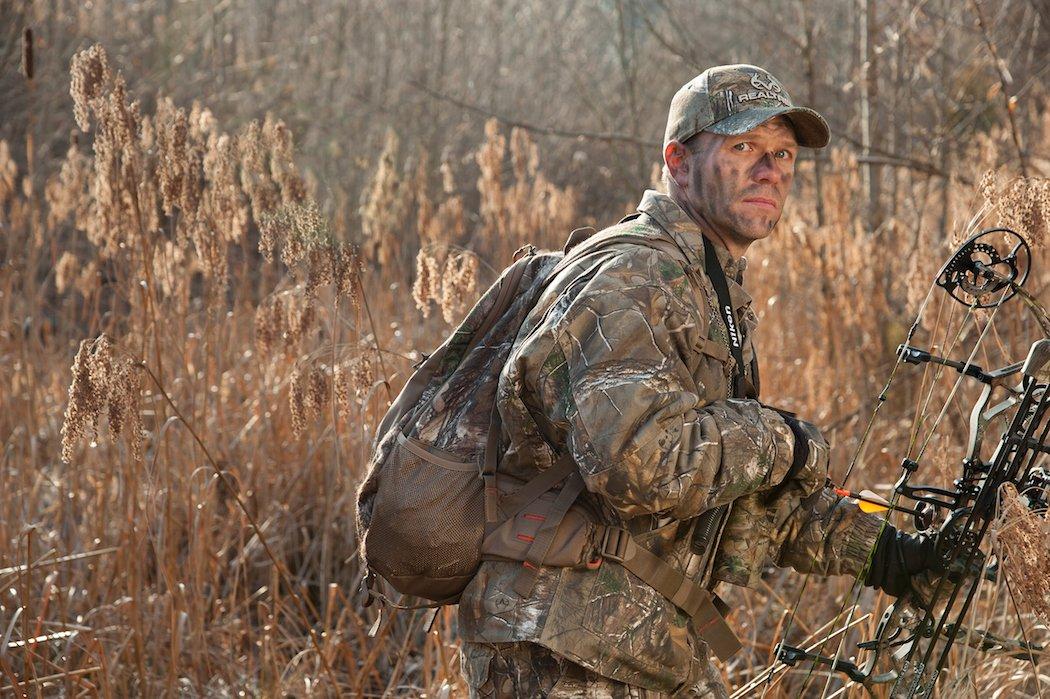
The best thing you can do is wear camo that matches the terrain you're hunting in. Furthermore, use the cover that's available. Trees, brush, grasses and other foliage will help conceal your approach. Use these things to your advantage.
Photo credit: Brad Herndon
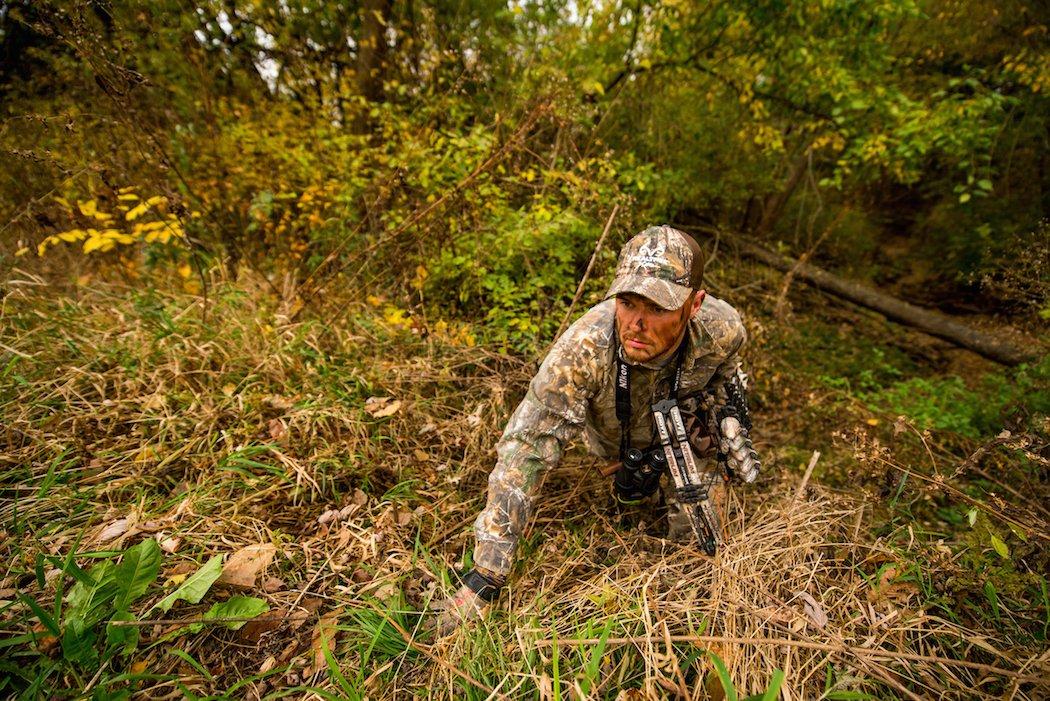
Using contour is just as important as cover. Ditches, drainages, hills and other changes in topography can be a huge asset during a stalk. Use these terrain features to get closer to the animal you're after.
Photo credit: Brad Herndon
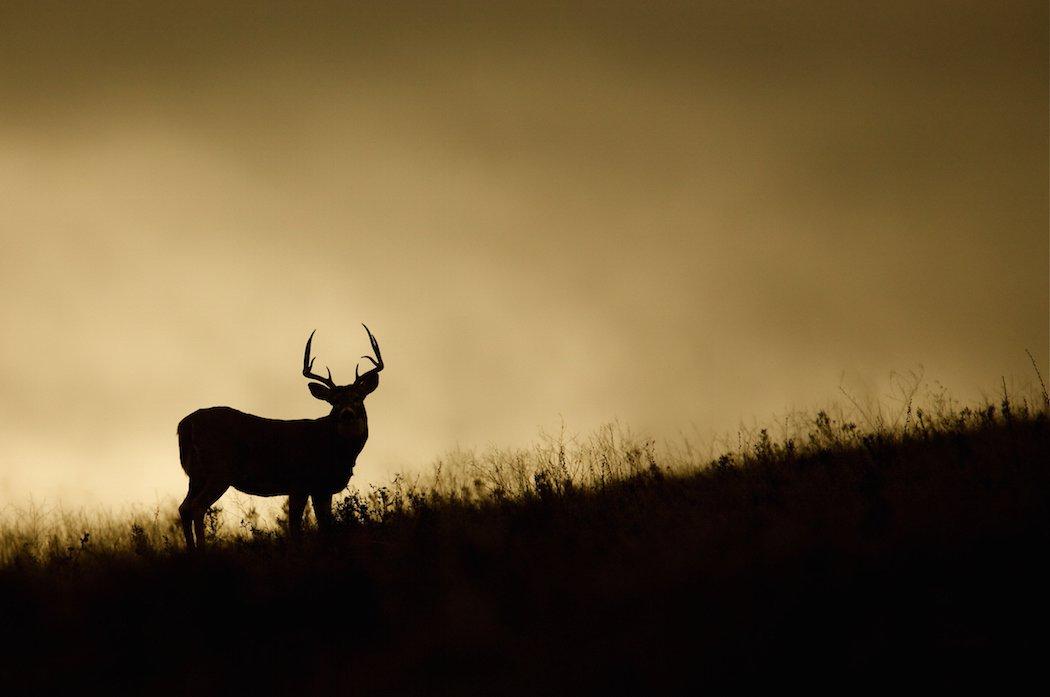
Learning how to track an animal is certainly a crucial part of stalking. You likely won't always be able to see the animal you're after. At times, being able to identify its tracks and follow it is a necessary skill to have in your arsenal.
Photo credit: Shutterstock
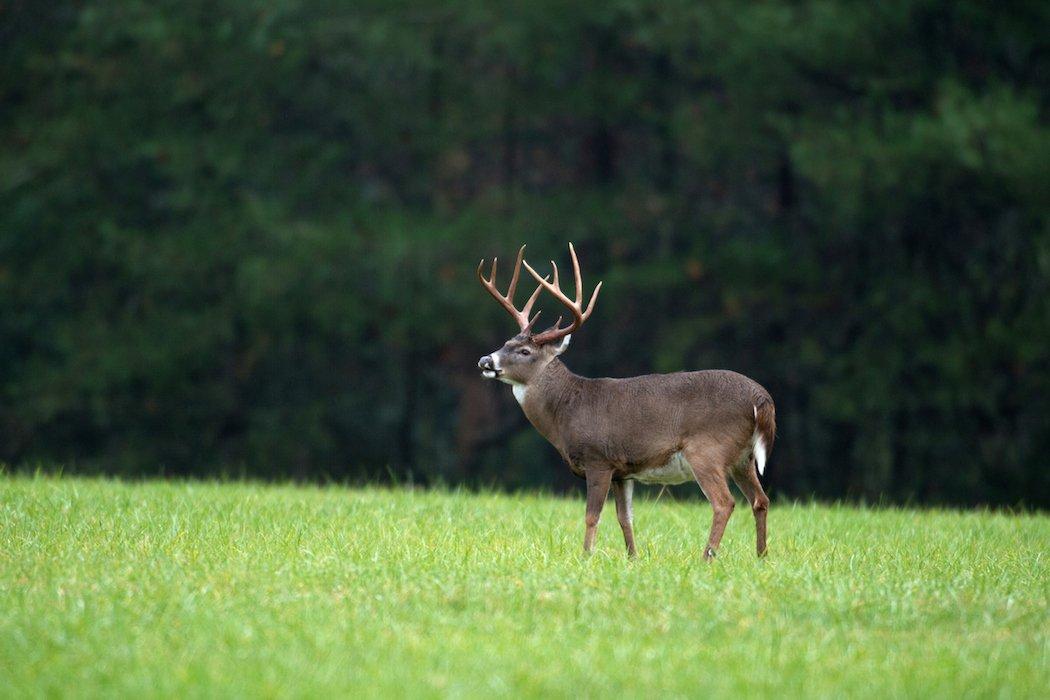
Deer are much more vocal than people realize. While they aren't as vocal in the open, they are when closer to cover. Recognizing different vocalizations when you hear them and knowing their meaning will greatly improve your understanding of deer behavior, which is crucial for those who choose to stalk deer.
Read: 8 Deer Vocalizations You Should Know
Photo credit: Shutterstock
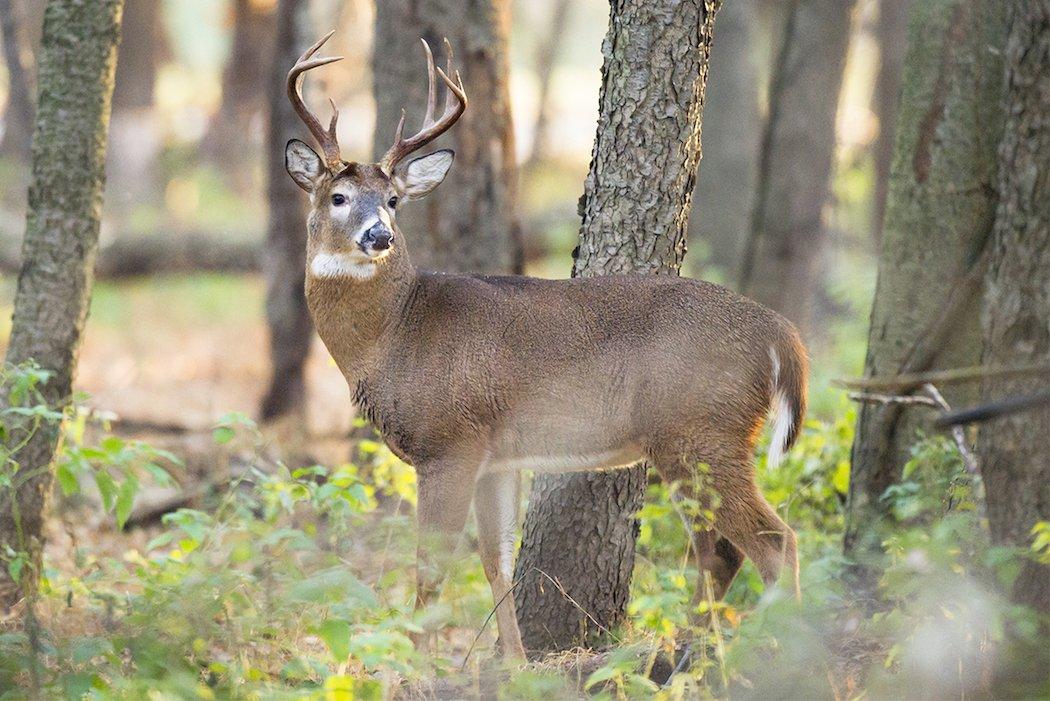
Just like all animals, deer communicate through their body language. Spend time learning about non-vocal communication in deer. Recognizing the different meanings behind given actions will make you much more efficient as a still-hunter.
Photo credit: Shutterstock / Ray Hennessy
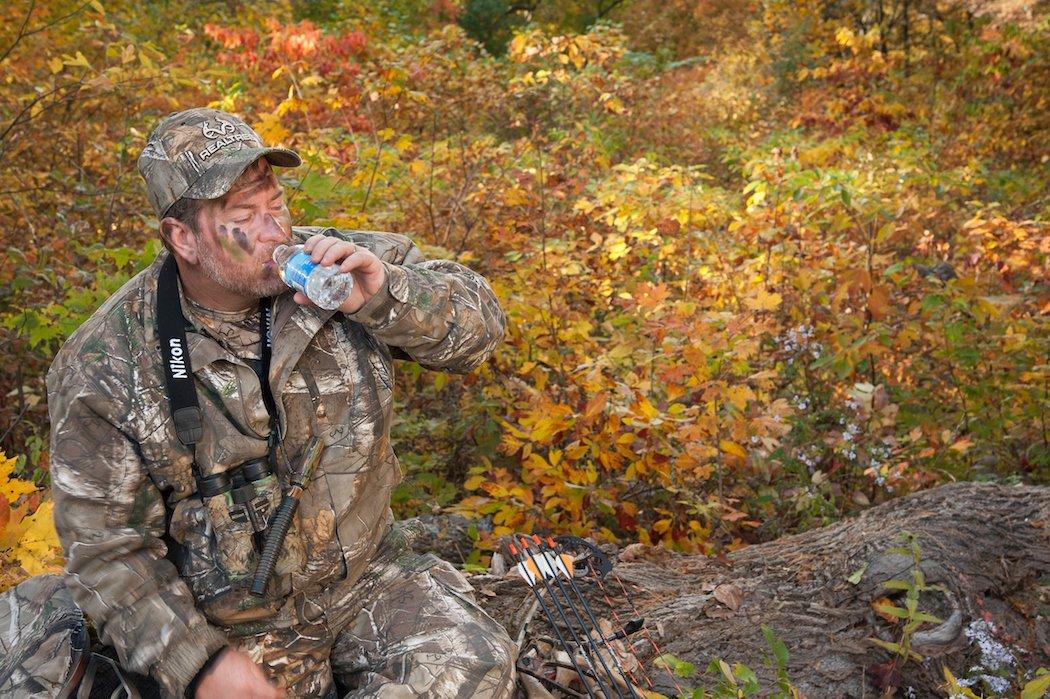
Unless it is frigidly cold, wear one less layer than if you were hunting from a stand or ground blind. (Unless it's early season and you'd only be wearing one anyway . . . haha.) When stalking, you get hot much faster due to the increased movement. Obviously you won't be moving fast, but even the sheer increase in adrenaline rush will raise your heart rate and body temperature.
Photo credit: Brad Herndon
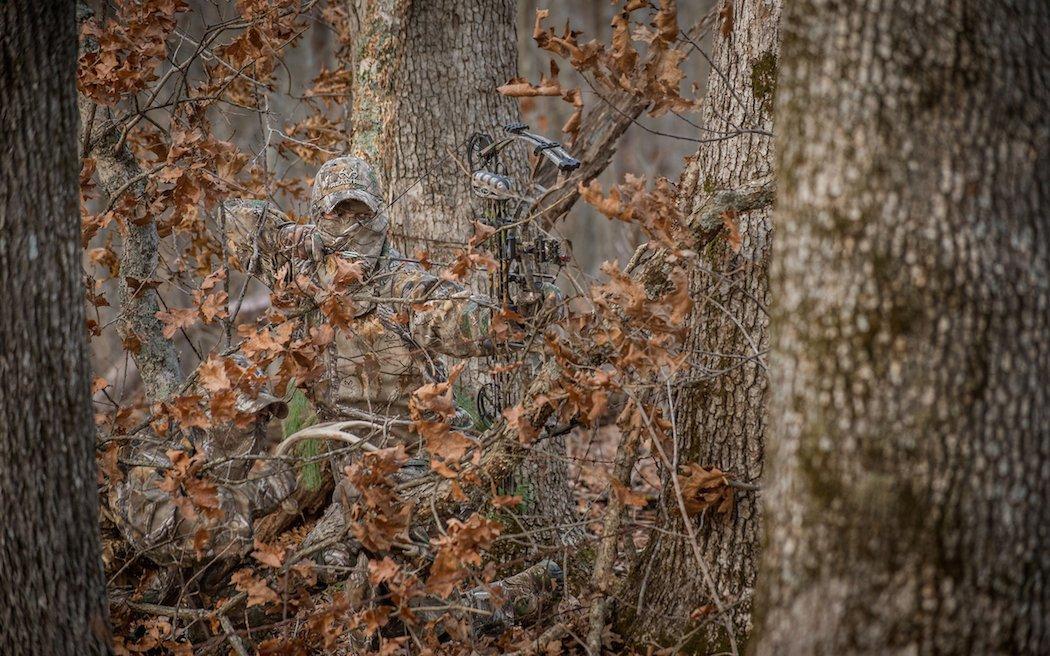
Camo is key. Make sure yours matches the terrain you'll be hunting in. There's no excuses these days. Realtree offers quality camo patterns that will keep you hidden regardless of the terrain. Use the new and improved Camo Guide to find the right pattern for you.
Photo credit: Bill Konway
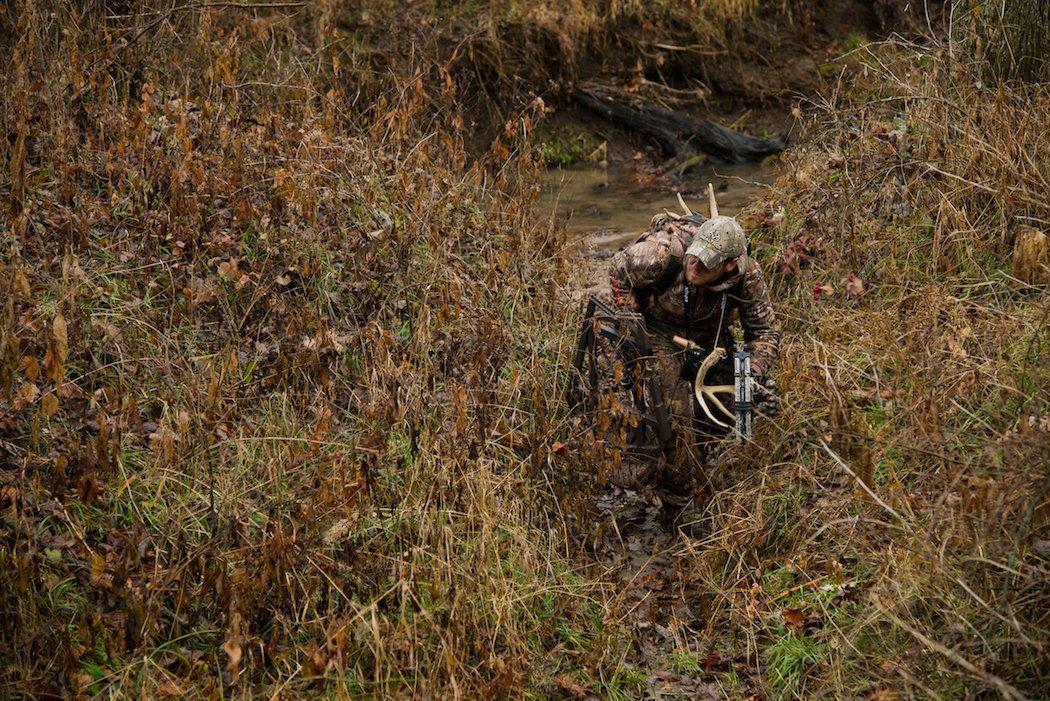
Find a hunting clothing manufacturer that produces quiet clothing. You don't want your clothes to go swish-swish-swish as you walk through the woods. It's worth spending a little more time and money to get clothing that won't give you away.
Photo credit: Brad Herndon
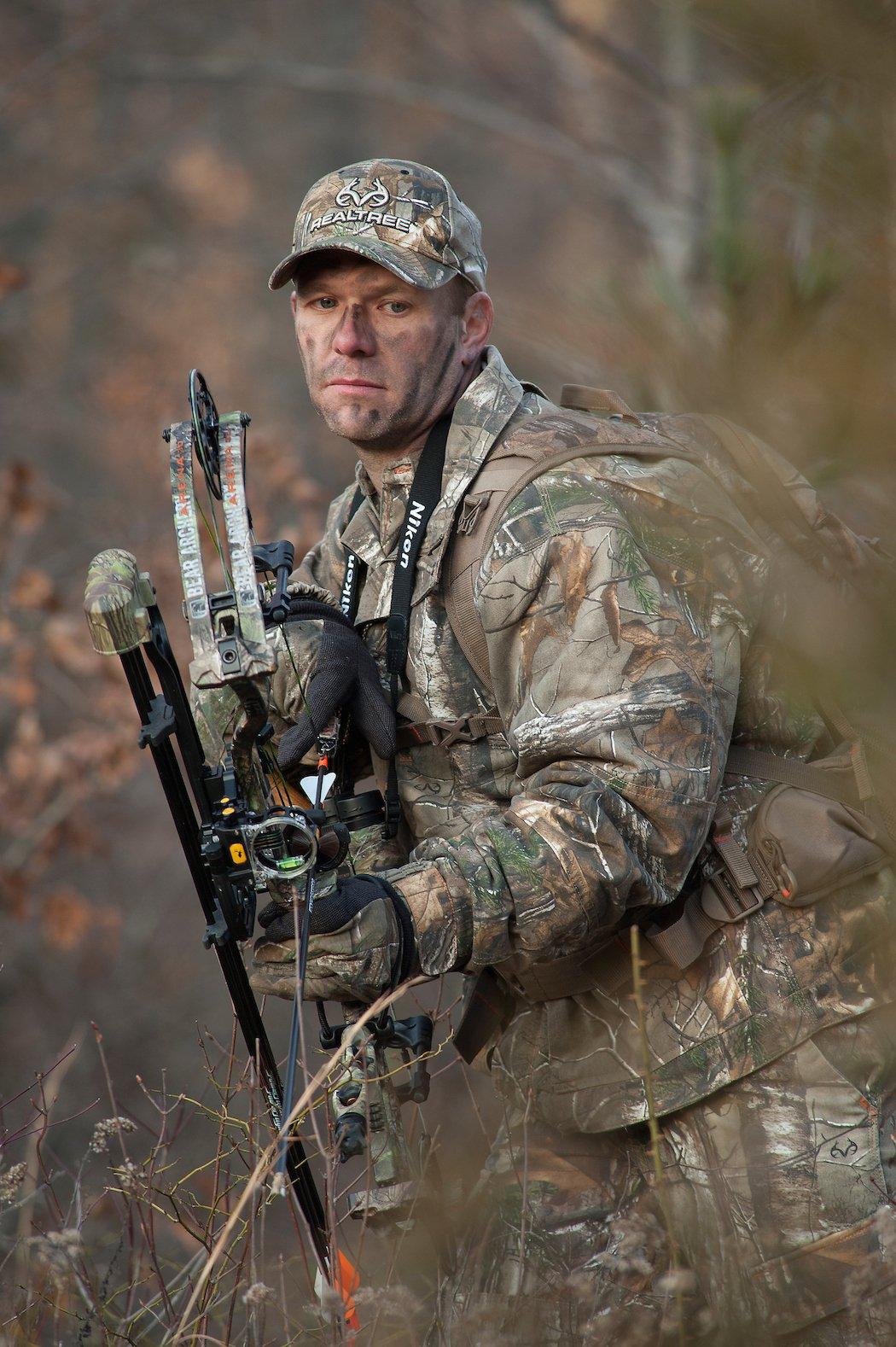
Pull the boots off for the last 100 yards or so. It's much quieter to walk in sock feet than it is wearing hiking shoes or knee-high rubber boots. This is a small yet very impactful thing you can do to improve your success rate.
Photo credit: Brad Herndon
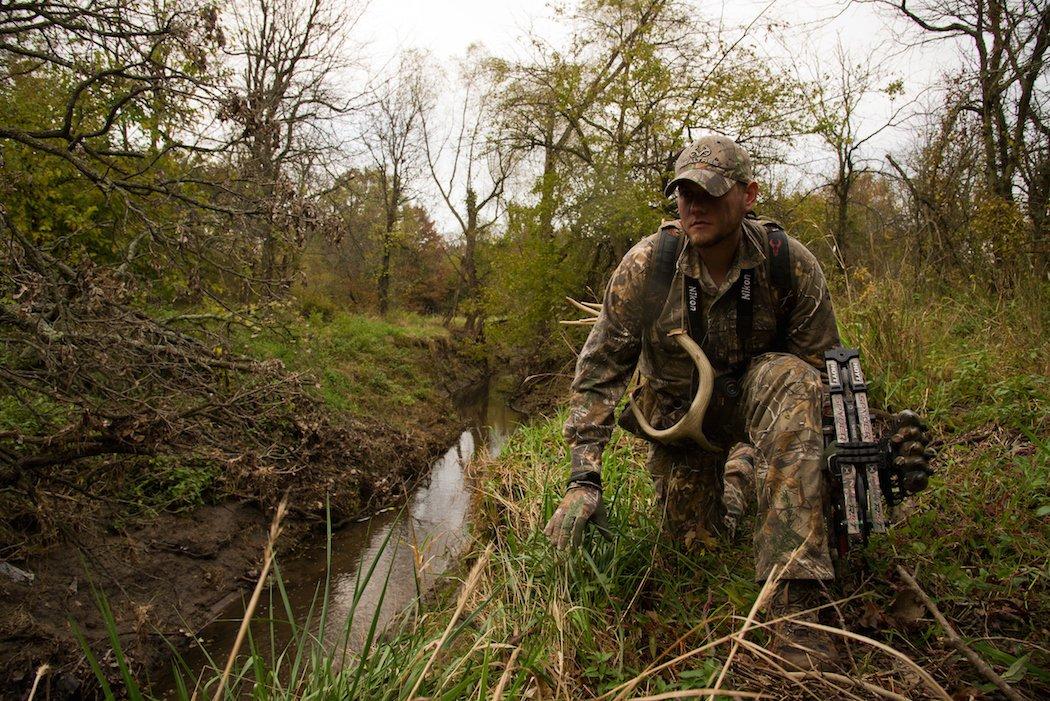
There are different ways to walk quietly when in the field. Slowly setting your foot down from heel-to-toe is one way hunters can make less noise in the timber. And always feel with your feet. If you happen to feel a stick or twig, slowly pick your foot back up and step over it.
Photo credit: Brad Herndon
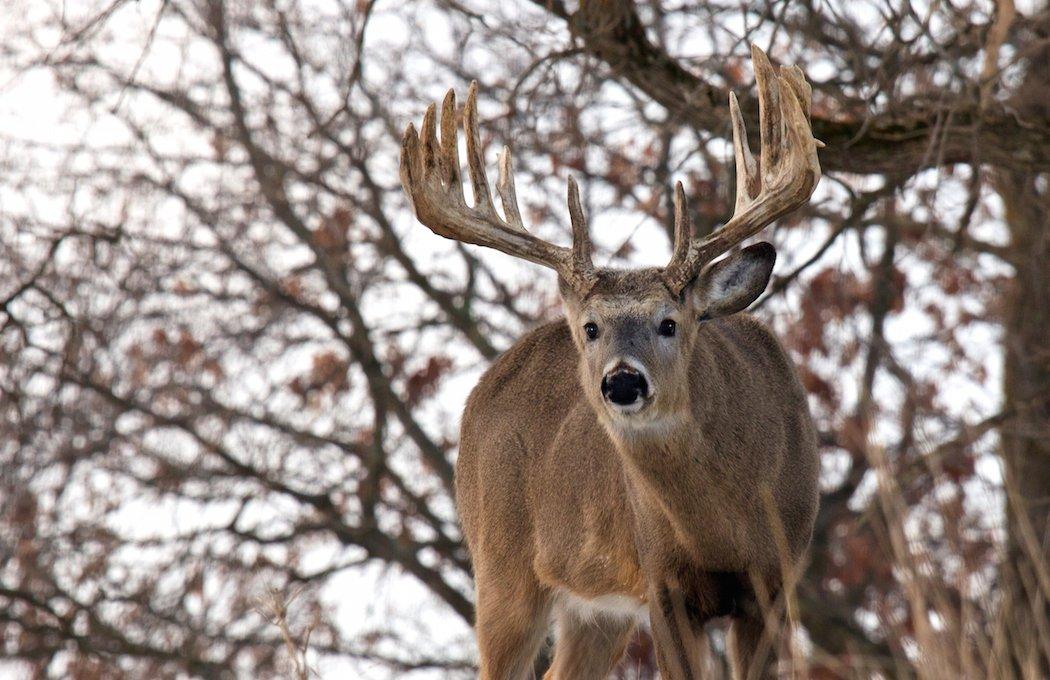
Learn to be patient. This is the best thing you can do. Don't expect to finish the last leg of the stalk in a hurry. This part might take hours to complete. It all depends on the specific situation at hand.
Photo credit: Shutterstock / Critterbiz
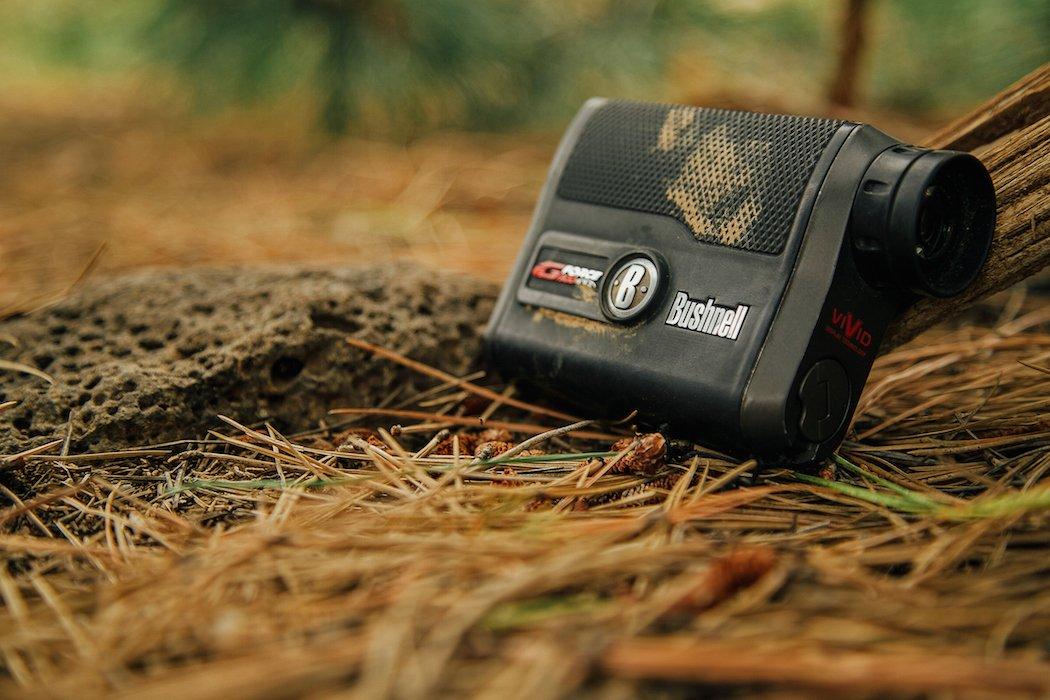
This will make your life a lot easier. Sure, you should know how to judge yardage. But there is no substitute for the use of a rangefinder. You owe it to the game you pursue to be as lethal as possible.
Photo credit: Heartland Bowhunter
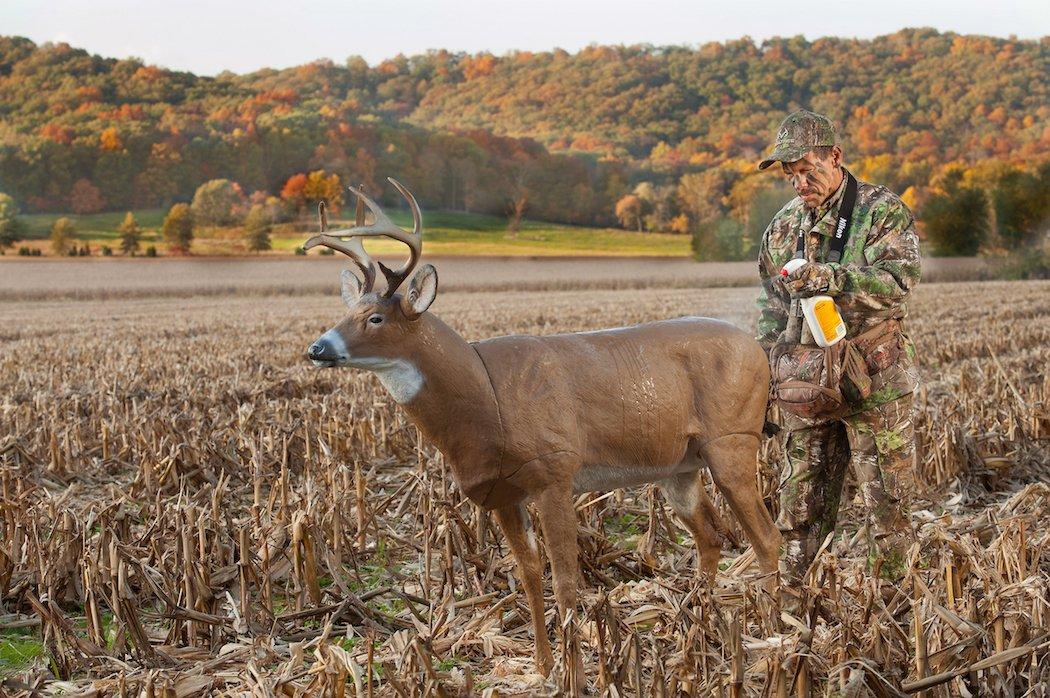
A decoy can come in handy when stalking a deer. I prefer the lightweight, 2D decoy from Montana Decoy. It's easier to carry and you can even carry it yourself. On the flipside, you'll need a friend to tag along if using a big, bulky decoy like the one pictured above.
Photo credit: Brad Herndon
Editor's Note: This was originally published May 24, 2017.
Are you a deer hunter thirsty for knowledge? Check out our stories, videos and hard-hitting how-to's on deer hunting.
And follow us on Facebook. It's the 21st century, dude. Get with the program.






